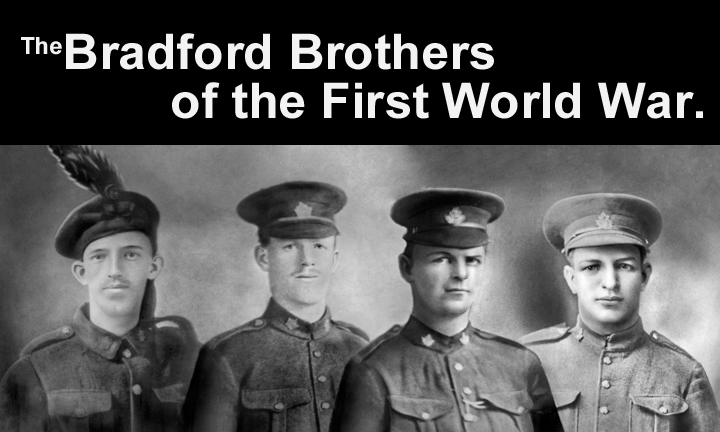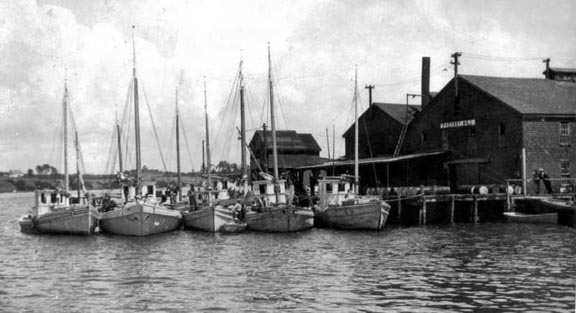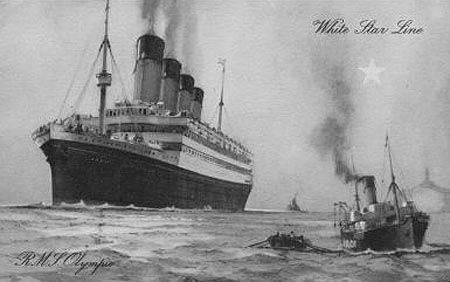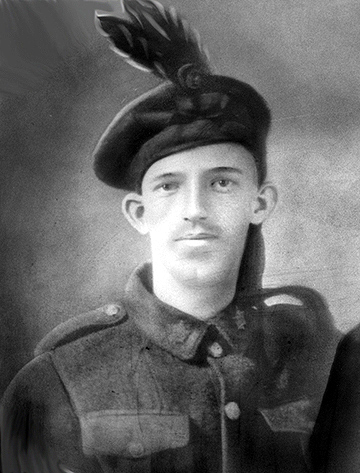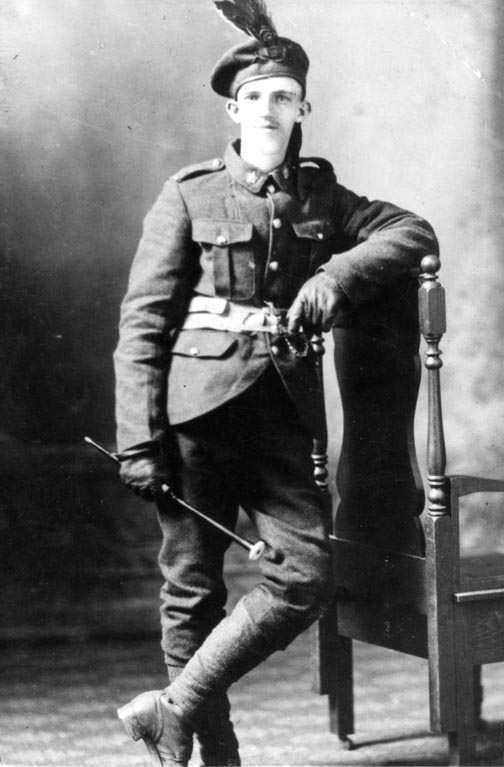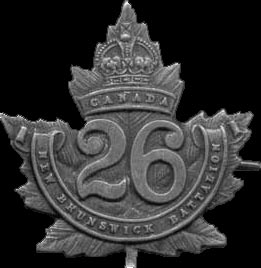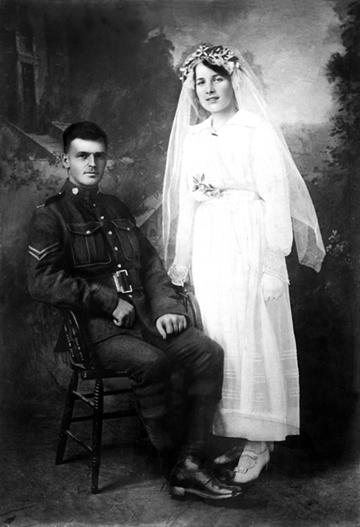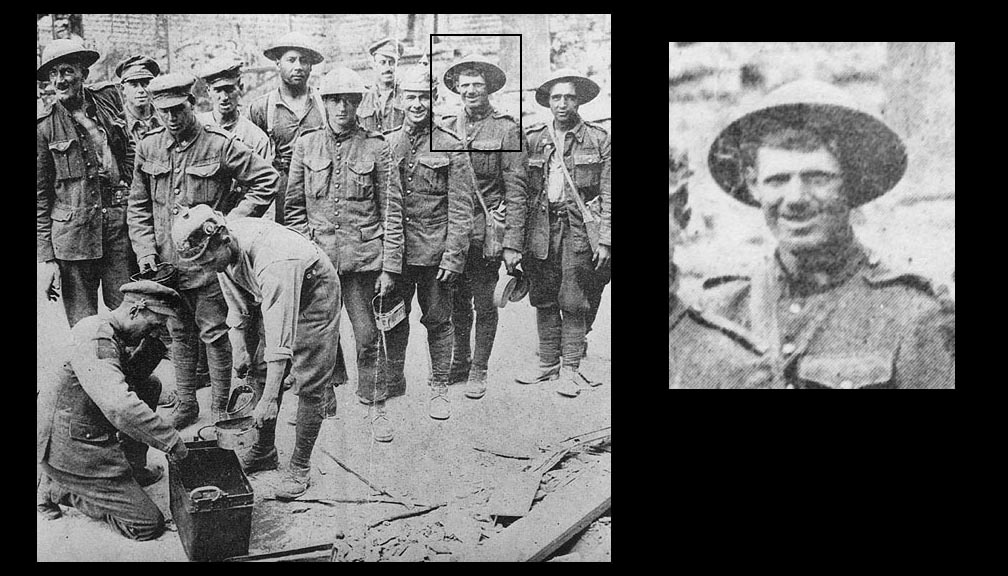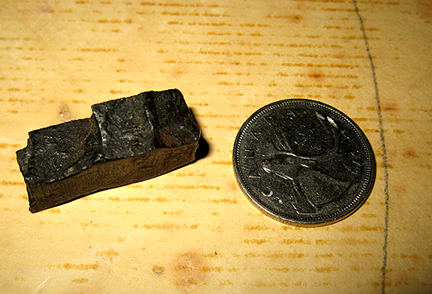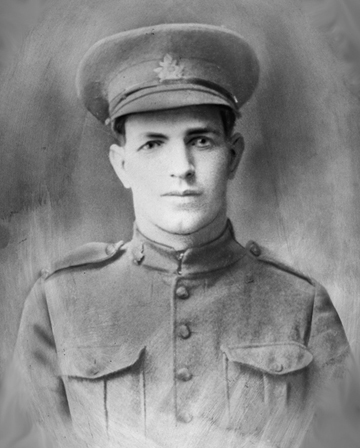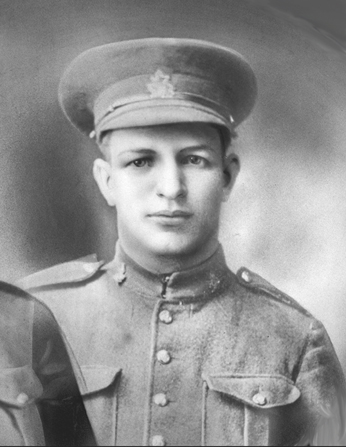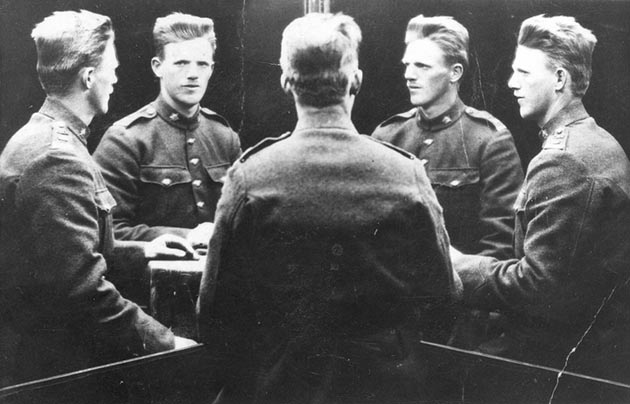|
Cpl. Harold Lester Bradford - born: 28 October 1884 in Eastport, Washington Co., Maine; Served with 115th Battalion and 26th Canadian Infantry Battalion; Regimental Number: 742701
Pte. Martin Benjamin Bradford - born: 28 April 1893 in Beaver Harbour, Charlotte Co., New Brunswick; Served with 115th Battalion and 26th Canadian Infantry Battalion; Regimental Number: 742702
Pte. Eric Allison Bradford - born: 23 December 1894 in Blacks Harbour, Charlotte Co., New Brunswick. Served with 115th Battalion and 26th Canadian Infantry Battalion; Regimental Number: 743041
Pte. Winnifield Walter "Winnie" Bradford - born: 15 April 1896 in Blacks Harbour, Charlotte Co., New Brunswick; Served with 236th Battalion "The New Brunswick Kelties"; Regimental Number 1030239
|
